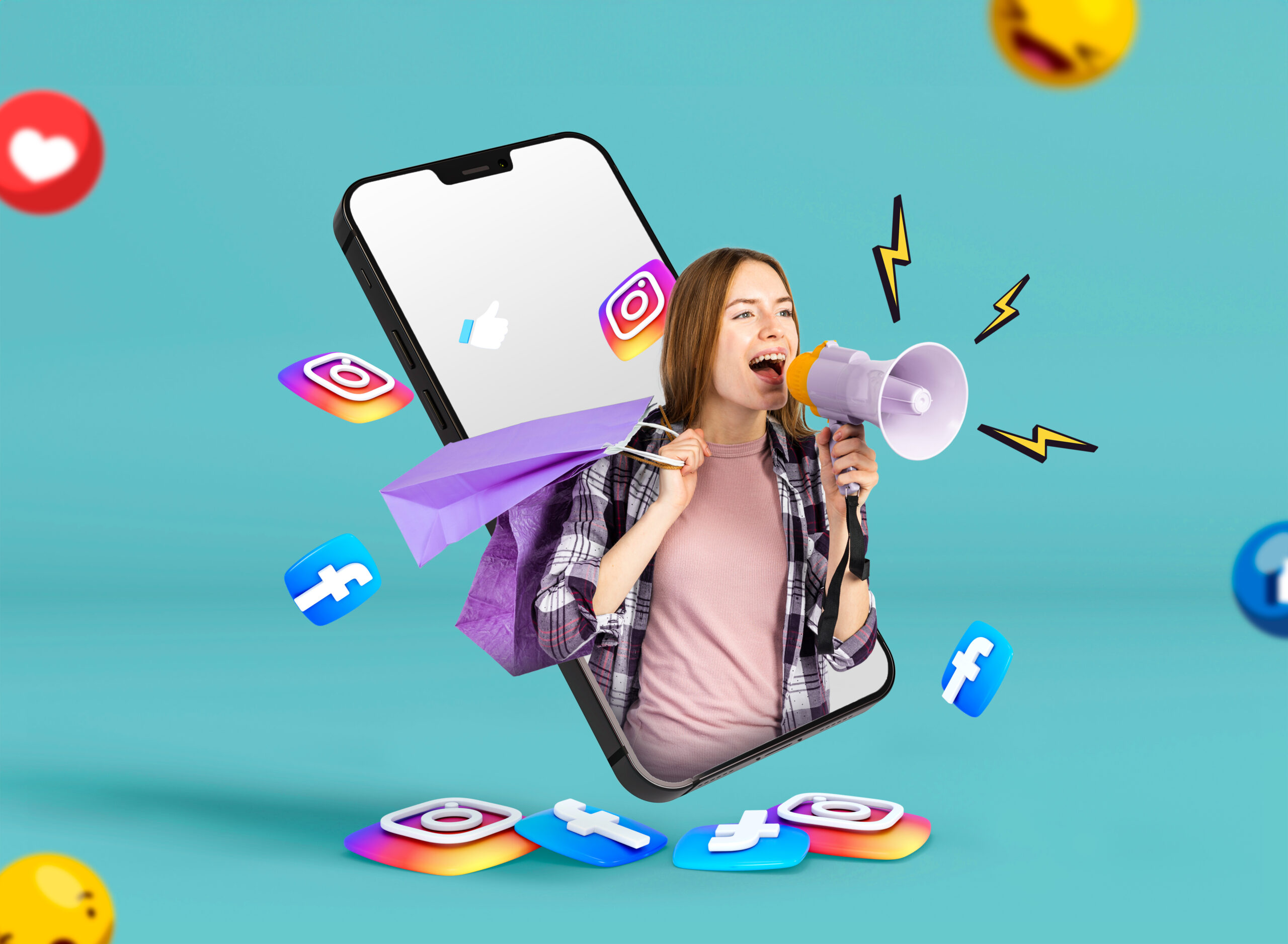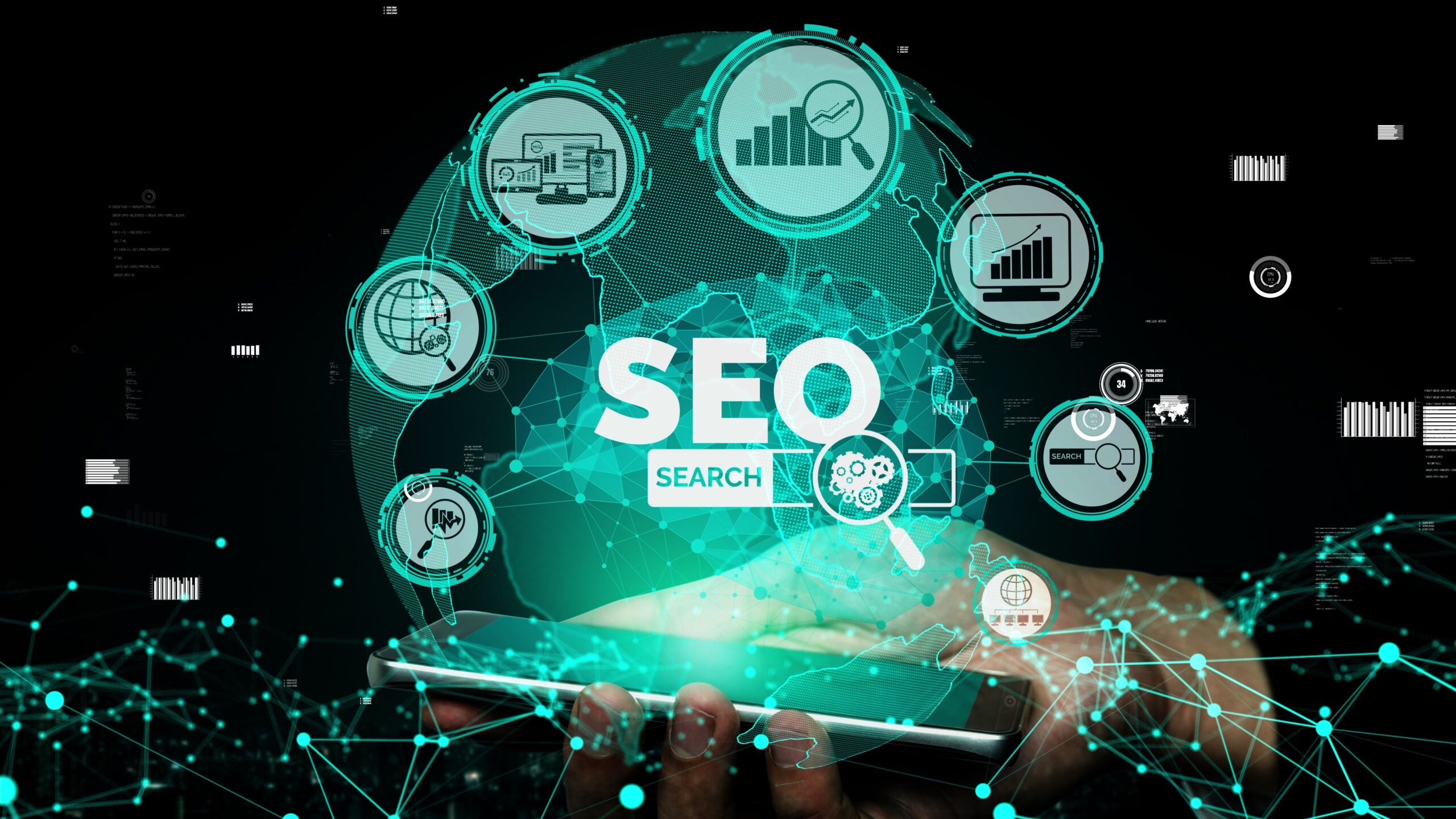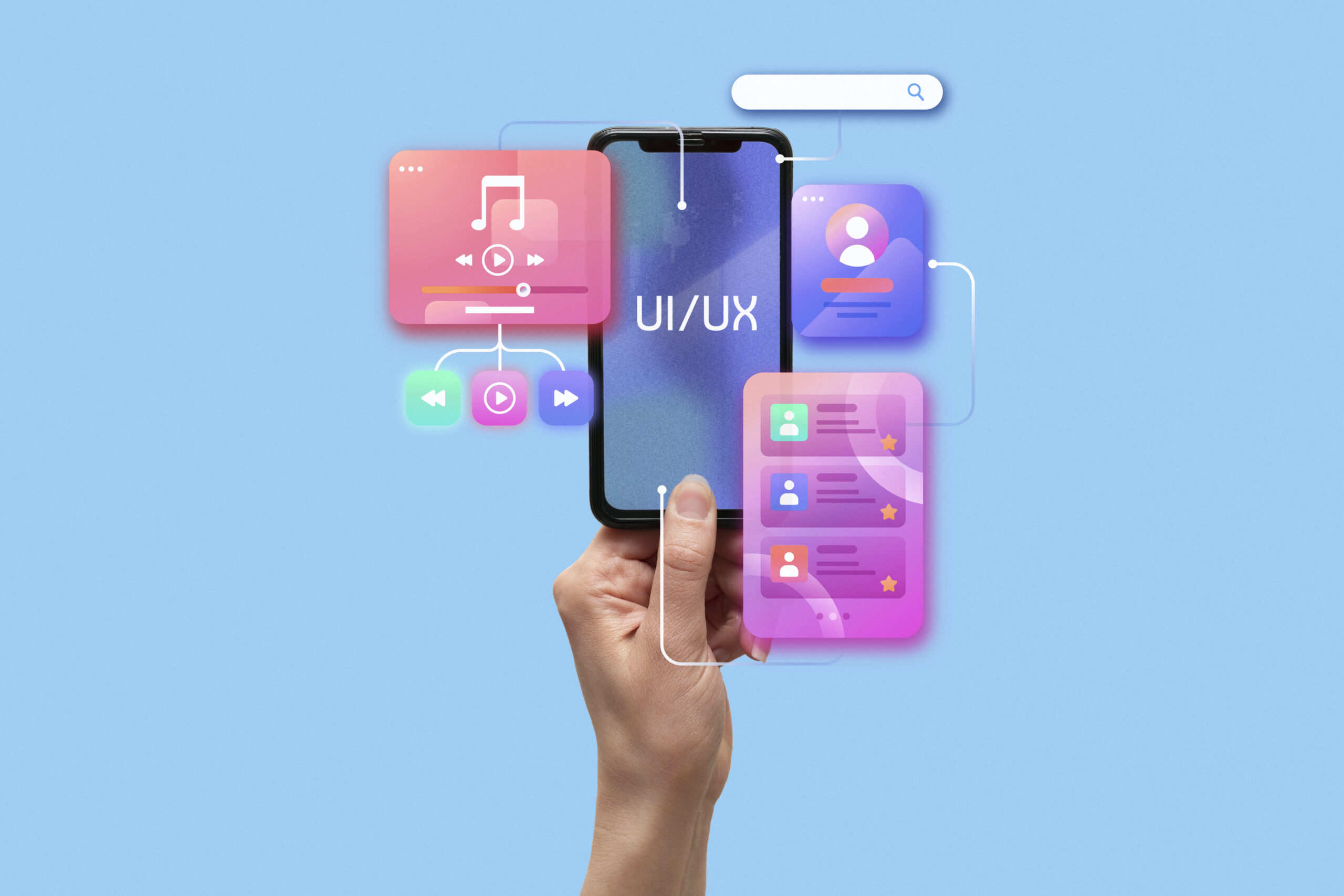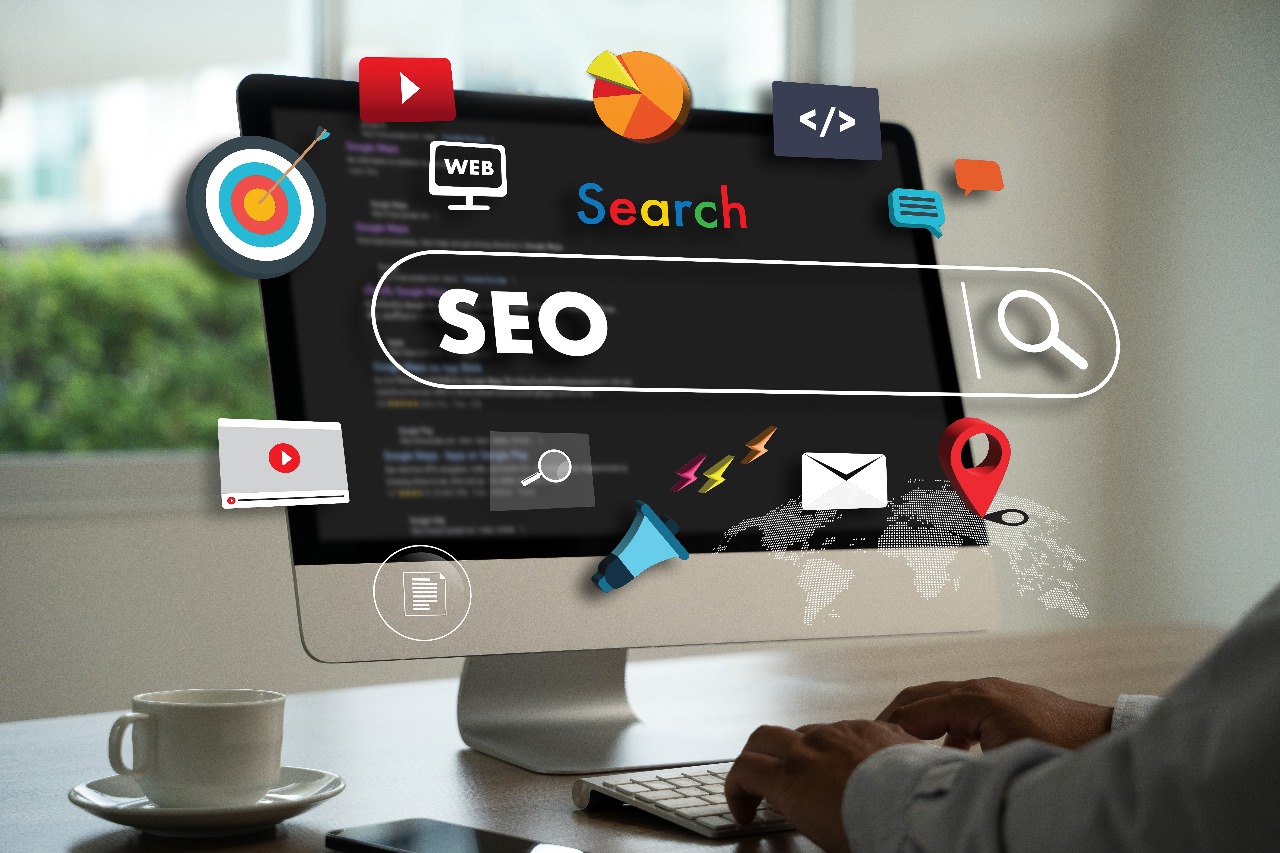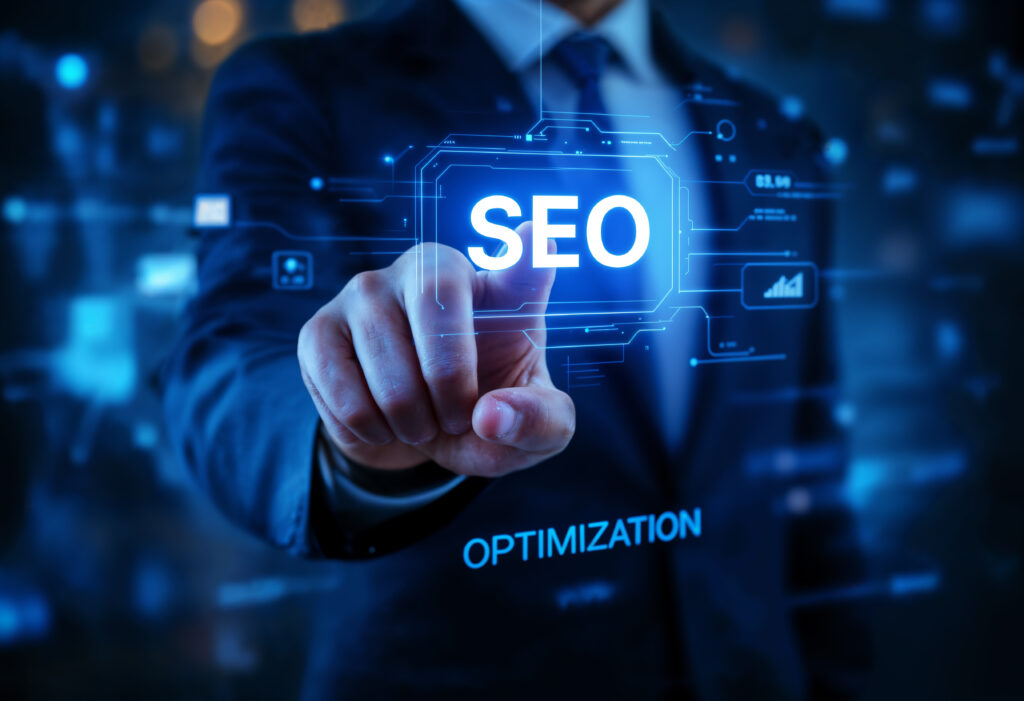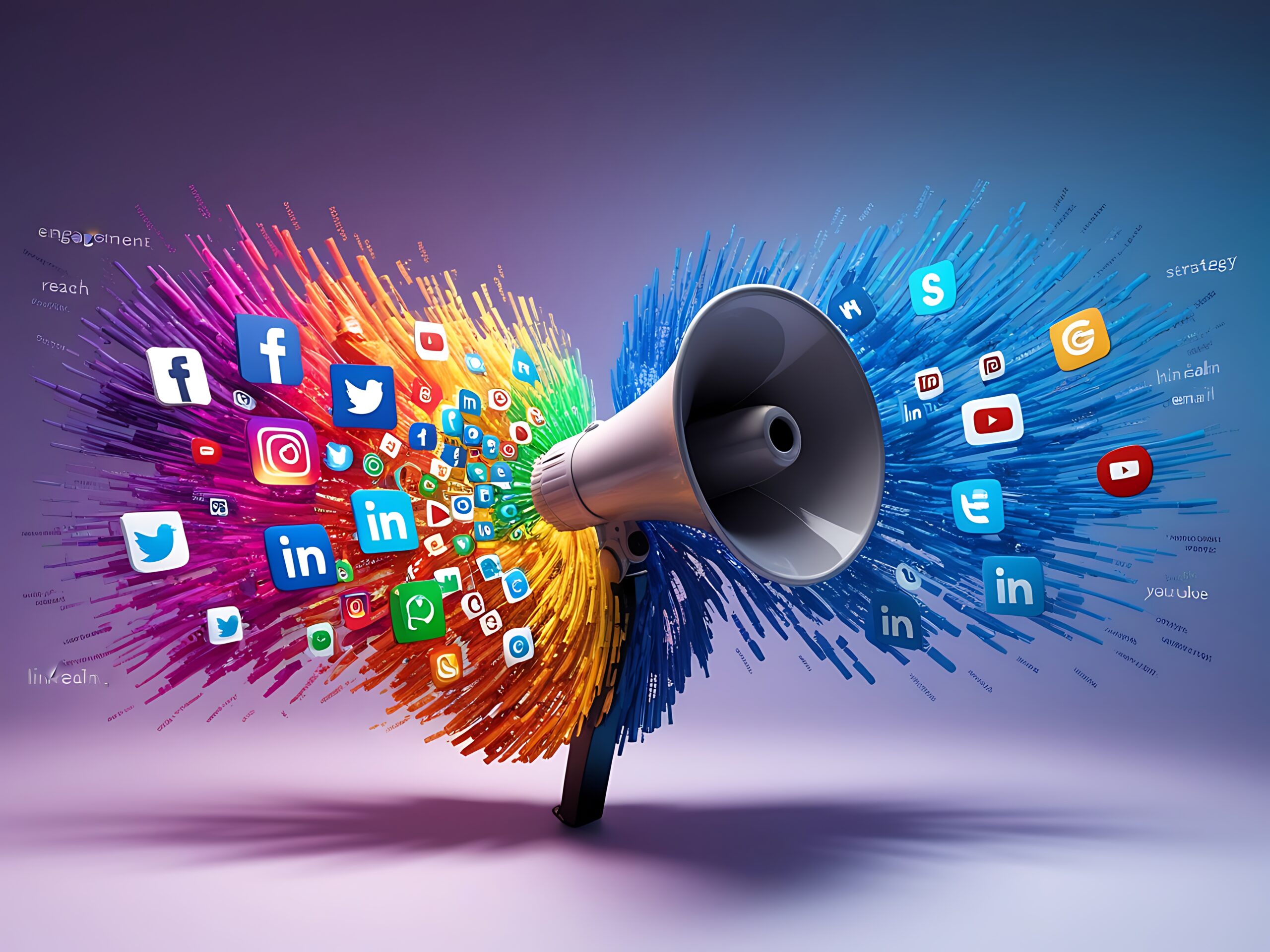Artificial Intelligence (AI) is no longer just a tool; it has become the backbone of digital marketing today. From the way brands connect with their audience to how campaigns are planned, executed, and measured, AI plays a central role in shaping strategies that deliver real results.
In the past, marketers relied heavily on guesswork, manual analysis, and broad targeting. Now, with AI, businesses can understand customer behavior in real time, personalize messages for each individual, and predict what people want before they even search for it. Whether it’s the product recommendations you see on an e-commerce site, the chatbot that answers your query instantly, or the ad that feels surprisingly relevant AI is working silently in the background to make it happen.
AI also helps marketers save time and resources by automating repetitive tasks, analyzing large amounts of data within seconds, and providing insights that were once impossible to access. This shift allows companies to focus more on creativity and building genuine relationships with their audience.
As digital marketing continues to evolve, AI will not only enhance existing strategies but also redefine the way brands and consumers interact in the digital space.
How AI Helps in Digital Marketing
Smart tools have become the backbone of marketing. They don’t just support marketers, they reshape the way brands create, reach, and connect. From making eye-catching creatives to running powerful ad campaigns, modern digital marketing is deeply powered by these tools. Let’s look at how they help in everyday marketing and how different platforms play their role.
1. Creative and Content Creation
Earlier, designing graphics, writing blog posts, or preparing ad copies took a lot of time. Now, tools can quickly generate fresh ideas, suggest headlines, or even design campaign templates. For example, when a fashion brand wants catchy captions for Instagram, a content tool can instantly give them 10 options. This saves hours and gives space for marketers to focus on polishing ideas rather than starting from scratch.
2. SEO Optimization
Getting noticed online is not easy. Search engines are crowded with millions of websites. Smart digital tools help by suggesting the right keywords, analyzing what competitors are ranking for, and even creating optimized blogs. For instance, if a local bakery wants to rank for “best chocolate cake near me,” these tools can guide what content to write and how to place keywords naturally.
3. Meta Ads and Campaigns
Running ads on platforms like Facebook and Instagram needs both creativity and data skills. Digital tools can predict which audience is more likely to click, what ad design will work best, and how much budget should go into each campaign. For example, an online fitness trainer running Meta Ads can use these tools to find out that short video ads get better engagement than static images and then adjust the campaign accordingly.
Popular Tools Leading the Way
ChatGPT
Mentioning the forerunner of the AI tool ChatGPT is still the order of the day, like a smart writing partner. It helps marketers draft blogs, social media posts, email campaigns, or even customer replies. Many content teams use it to speed up the writing process and brainstorm fresh ideas when they feel stuck. It’s widely tested and trusted, making it one of the forerunners in content creation.
Gemini
Gemini focuses more on research and analysis. It is especially useful when marketers need to fact-check, get summaries, or understand industry trends quickly. For example, a digital agency preparing a pitch for a new client can use Gemini to gather insights and data within minutes instead of spending hours browsing.
Nano Banana
Catching the fast fascination of a newcomer, Nano Banana for its creative edge. It helps in generating unique visuals and short-form content that stand out in social media feeds. Startups and small businesses use it to experiment with new designs without investing heavily in professional software.
Perplexity
Perplexity works like a mix of a research tool and a search engine. It provides quick, well-structured answers and connects marketers to resources they might miss on regular searches. For example, if a brand wants to know the latest trends in eco-friendly packaging, Perplexity can instantly point them to useful sources.
WhatsApp Marketing, Email Marketing, and Smart Automation with AI
WhatsApp and email remain two of the most powerful channels for customer communication, and with smart automation, they are reaching a new level. Businesses are no longer limited to sending bulk messages or generic email blasts. With intelligent tools, messages can now be personalized, timed, and optimized for better results.
For example, a retail store can use WhatsApp to send order updates, personalized offers, or reminders based on customer preferences. Instead of sending the same message to everyone, the system studies customer behavior and delivers what is most relevant. This keeps the conversation direct, engaging, and effective.
Email marketing has also moved beyond monthly newsletters. Automated campaigns can welcome new subscribers, follow up on abandoned carts, and even recommend products that match the customer’s past purchases. A travel agency, for instance, can set up automated emails suggesting flight deals to destinations that the customer has previously searched for.
Smart automation ties everything together by ensuring that businesses respond quickly, save time, and reduce manual effort. With these integrations, WhatsApp and email marketing become not just communication tools but complete engagement platforms that improve customer relationships and boost sales.
Cons of AI in Digital Marketing
1. Repetitive Content and Script Issues
When used without careful prompts, automated tools often produce content that feels generic or filled with cliché phrases. For example, in video production or ad scriptwriting, the output can lack originality and sound too mechanical. This means marketers still need to refine and add a human touch to keep the content fresh and engaging.
2. Content Fatigue in Ads
On platforms like Meta Ads, running too many campaigns with automated creatives can lead to content fatigue. Customers start seeing the same style of messages repeatedly, reducing engagement over time. Over-dependence on ready-made outputs can make brands look less authentic.
3. Limited Emotional Connection
Digital tools are great with data but often miss out on emotional depth. A product story, cultural nuance, or humor may not always translate well when generated automatically. This can weaken the connection with audiences who expect more personal communication.
4. Risk of Over-Automation
When every step—from emails to WhatsApp campaigns—is automated, brands risk losing their unique identity. Too much reliance on automation can make marketing feel robotic rather than human-driven.
5. Dependence on Data Quality
These tools rely heavily on data, and if the input is inaccurate or incomplete, the results can mislead campaigns. For example, wrong audience insights can cause wasted ad spending.
The role of advanced digital tools in marketing is clear—they save time, improve targeting, and bring efficiency to every stage of a campaign. From content creation and SEO to smart automation in WhatsApp and email, businesses can now connect with customers in a more direct and meaningful way. At the same time, it’s important to balance these tools with human creativity and judgment to avoid repetitive outputs, weak emotional appeal, or the risks of over-automation.This is where expertise makes the difference. At IPCS Technology, digital marketing services are delivered with precision by combining data-driven strategies and creative execution. The focus is not only on adopting the latest tools but also on using them in the right way to produce measurable results. With this approach, IPCS Technology helps businesses build stronger digital presence, run campaigns effectively, and create lasting connections with their audience.

